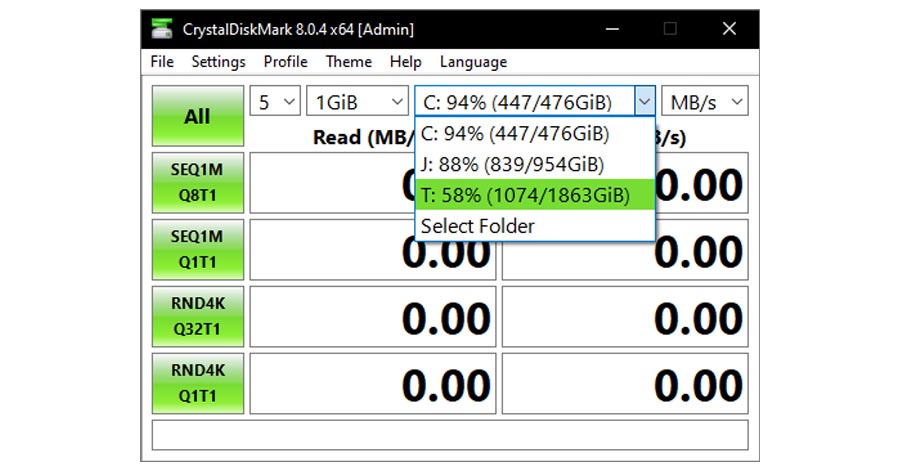How We Test Hard Drives
At the core of ensuring the trustworthiness and effectiveness of hard drives lies the importance of thorough testing. This article sheds light on our approach to testing hard drives, offering insights into the methods we employ to gauge their health and functionality.
Built-in Windows Tools:
Windows operating system equips users with valuable built-in tools designed for hard drive testing. These tools, specifically CHKDSK and S.M.A.R.T., are easily accessible without requiring any additional software.
CHKDSK: Scanning and Fixing Hard Drive Errors
CHKDSK, a robust command-line tool, permits users to scan their hard drives for errors and subsequently rectify them. Running CHKDSK involves opening a Command Prompt window and executing a command like:
chkdsk C: /f
Here, “C:” signifies the drive letter to be scanned, while the “/f” flag instructs CHKDSK to rectify any encountered errors. The duration of this process depends on the hard drive’s size and condition.

S.M.A.R.T.: Monitoring Hard Drive Health
S.M.A.R.T. (Self-Monitoring, Analysis, and Reporting Technology) constitutes a feature embedded in most contemporary hard drives. It accumulates valuable data regarding the drive’s health, encompassing metrics like bad sector count and temperature. Third-party tools such as CrystalDiskInfo enable viewing the S.M.A.R.T. data.
Utilizing Third-Party Software:
Beyond Windows’ native tools, an extensive selection of third-party software caters specifically to hard drive testing. These applications provide advanced capabilities to attain deeper insights into performance and dependability.
Crystal DiskMark 6

As part of our evaluation process, we employ the Crystal DiskMark utility to gain an additional perspective on data throughput. Crystal DiskMark’s sequential-read tests assess read and write operations by employing data written in a sizable, uninterrupted block on the drive. This approach mirrors the testing methodology adopted by manufacturers to showcase drive performance.
Furthermore, we leverage Crystal DiskMark’s 4K tests to gauge random read and write performance. These tests provide insight into data activity where the drive retrieves and writes scattered files and fragments across the storage medium, whether it’s a hard drive or solid-state drive.
PCMark 7 Secondary Storage Test

Among our comprehensive set of benchmarks, the PCMark 7 Secondary Storage test holds a prominent position. This benchmark, developed by UL (formerly known as FutureMark), serves as a staple not only for publications like PCMag but also for drive and PC manufacturers themselves.
The methodology of the Secondary Storage test revolves around trace-based assessment. This entails measuring the speed at which software commands are executed during typical everyday workloads that your PC could encounter. These simulated workloads encompass tasks such as a Windows Defender virus scan, importing images, engaging in video editing, and launching applications.
Upon completion, the PCMark 7 Secondary Storage test generates a proprietary score, often numbering in the thousands. We incorporate this score into each review and juxtapose it with scores received by other competing drives. It’s important to note that this score’s significance lies in its relative comparison with other scores, providing insights into a drive’s performance within the context of its peers.
HDDScan: Comprehensive Hard Drive Testing
HDDScan, a versatile free program compatible with diverse hard drive manufacturers, offers a range of diagnostic tools. These tools encompass thorough examinations of health and performance, including S.M.A.R.T. analysis, surface scanning, and temperature monitoring.
Conclusion
Testing hard drives for durability and performance is an essential stride towards upholding storage solutions’ efficiency and longevity. By harnessing the methods highlighted here – including Windows’ built-in tools like CHKDSK and S.M.A.R.T. monitoring, along with third-party software such as HDDScan – monitoring and assessing hard drive health become efficient and informed.




